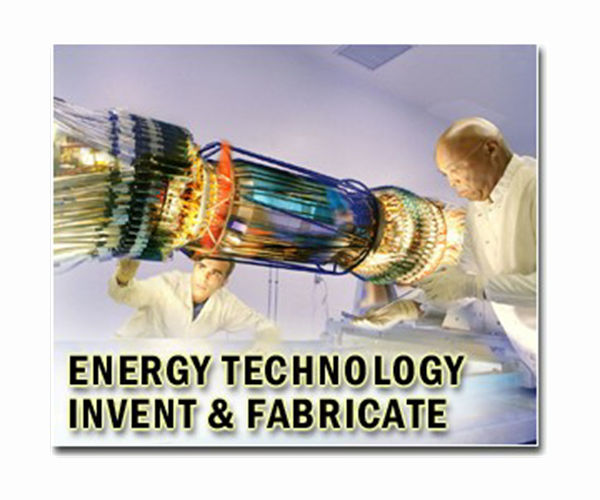New study highlights the role of old technology in future clean energy
A Bronze Age technology could provide a fast and cost-effective method to meet the United Nations climate goal of net-zero emissions by 2050, according to recent Stanford-led research published in PNAS Nexus.
The technique involves the use of heat-absorbing bricks, also called ‘refractory bricks’, stored in an insulated container to capture the heat generated by solar or wind energy. This heat can later be released by passing air through channels in the rock piles, allowing cement, steel, glass and paper factories to run on renewable energy even when wind and solar power are unavailable.
This form of thermal energy storage, which several companies are beginning to commercialize, uses bricks made from materials similar to those used in old furnaces and furnaces for making iron. To improve heat storage rather than insulation, these materials are combined in different proportions.
“The difference between flint storage and battery storage is that the flints store heat instead of electricity and cost one-tenth the cost of batteries,” said lead study author Mark Z. Jacobson, professor of civil and environmental engineering at the Stanford Doerr School. of Sustainability and School of Engineering. “The materials are also much simpler. They’re really just the components of dirt.”
Storage at high temperatures
Industries that require high-temperature heat for production require temperatures that reach at least 1,300 degrees Celsius (2,400 degrees Fahrenheit) for cement and 1,000 degrees Celsius (1,800 degrees Fahrenheit) or higher for glass, iron and steel production. According to calculations by Jacobson and co-author Daniel Sambor, the burning of fossil fuels for industrial heat contributes to 17% of global CO2 emissions. A transition to renewable heat sources could almost eliminate these emissions.
“Storing energy in the form closest to its end use reduces inefficiencies in energy conversion,” says Sambor, a postdoctoral researcher in civil and environmental engineering. “It’s often said in our field that ‘if you want hot showers, store hot water, and if you want cold drinks, store ice’; So this research can be summarized as ‘if you need heat for industry, store it in refractory bricks. ”
Cost and energy savings
The research team evaluated the potential of using refractory bricks for industrial heat storage in 149 countries, responsible for 99.75% of global CO2 emissions, in a future scenario where all energy needs are met by wind, geothermal, hydropower and solar -energy. “Our study is the first to examine a large-scale renewable energy transition with refractory bricks as part of the solution,” Jacobson said. “We discovered that refractory bricks enable a faster and cheaper transition to renewable energy sources, helping everyone in terms of health, climate, jobs and energy security.”
The study used computer modeling to compare costs, land needs, health impacts and emissions for two scenarios in 2050. One assumed that refractory bricks provided 90% of industrial heat, while the other scenario assumed no use of thermal energy storage and instead relied on electric furnaces. , heaters, boilers and heat pumps with batteries for electricity storage.
The Firebrick scenario could reduce capital costs in the 149 countries by $1.27 trillion compared to the no-Firebrick scenario, while also reducing grid energy demand and the need for battery storage capacity.
Health and environmental benefits
Accelerating the transition to clean energy also improves human health. Previous research shows that air pollution from fossil fuels causes millions of premature deaths every year. “Every bit of combustion fuel we replace with electricity reduces that air pollution,” Jacobson said. “And because there is only a limited amount of money to go to at high speed, the lower the cost for the overall system, the faster we can implement it.”
Jacobson, who has dedicated his career to studying air pollution, climate issues and developing energy plans, sees refractory bricks as a promising new focus. “Imagine if we propose an expensive and difficult method of transition to renewable electricity, there would be very few takers. But if this saves money compared to a previous method, it will be implemented faster,” he said. “What excites me is that the impact is very large, while many technologies I have looked at have marginal impact. Here I see a substantial benefit at low cost from multiple angles, from helping to reduce mortality from air pollution to to make it easier to transition the world to clean renewable energy sources.”


